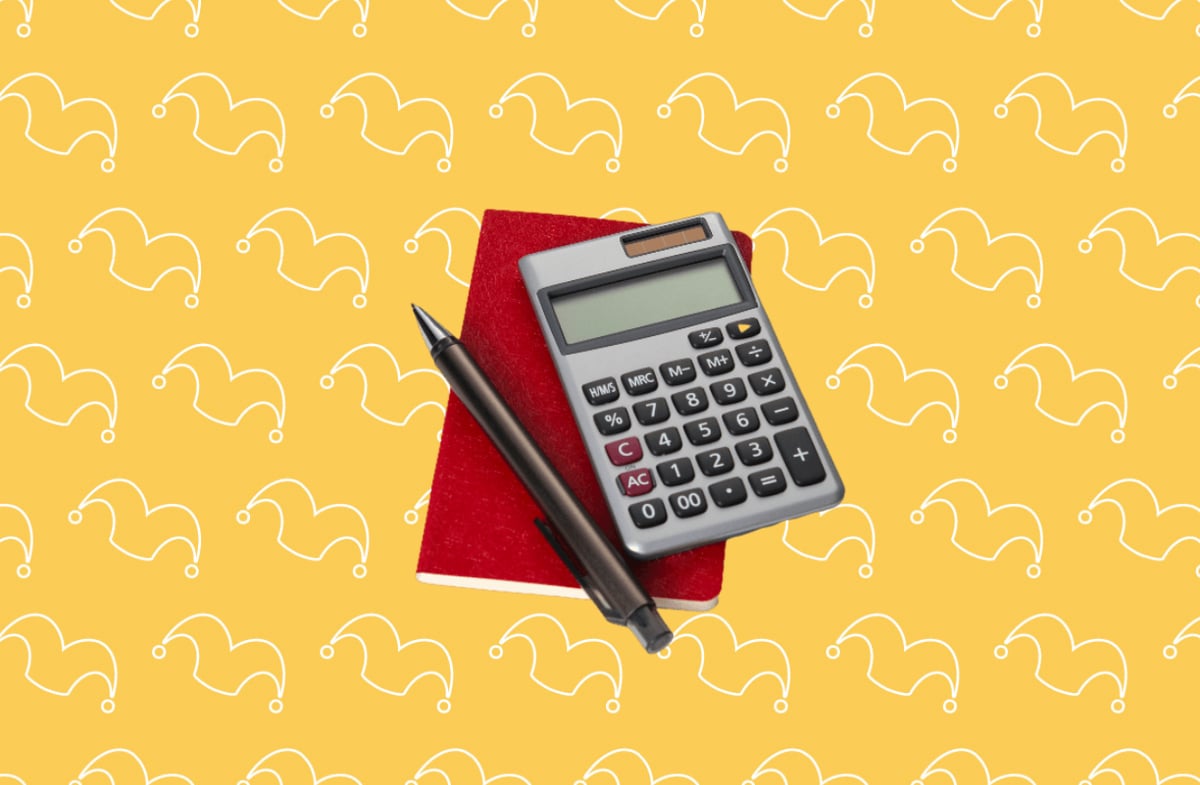The amount of money you earn is impacted by many factors, including the educational achievements you have, the job you choose, and even whether you decide to get married or stay single.
Your annual earnings can also impact every aspect of your life, as those who make more money will have a far easier time putting some of it into savings compared with people who are just getting by.
It can be helpful to understand where you fall in terms of income distribution in the United States so you can get an idea of how difficult or easy it will be to manage your personal finances. This data from the U.S. Census Bureau can help you to understand whether you are upper, middle, or lower class based on your earnings.
Here’s how much you have to earn to be in the upper, middle, and lower classes
According to the U.S. Census data, here’s how income is divided up in the United States. These numbers are based on household income for 2022, the most recent year for which data is available:
- If you make $153,001 or more, you’re in the highest quintile and are considered upper class.
- If you make between $94,000 and $153,000, you’re in the fourth quintile and would most likely be described as upper middle class.
- If you make between $58,021 and $94,000, you’re officially in the middle class, as you’re in the third-highest quintile with two groups above you and two groups below you.
- If you make between $30,001 to $58,020, you are in the second quintile and are in the lower middle class.
- If your earnings are $30,000 or under, you’re in the lowest quintile and would typically be considered to be in the lower class based on your income.
Of course, there’s a wide range within that top quintile. The top 5% of households have an annual income of $295,001 or more, which means they make almost as much in a month (or more in a month) than people in the lowest quintile make all year long.
Still, it can be helpful to look at these numbers and see where you stand — especially as things like your geographic location and family size may make you feel differently about your buying power. For example, if you live in one of the most expensive cities in America but make $94,000, you may not feel middle class — you might feel poor. But if you live in one of the poorest areas and make that much, you’ll likely feel like you have plenty.
Income matters — but what you do with it also matters
Your income absolutely matters when it comes to your financial success, and those in the middle or upper class are going to have a much easier time making ends meet compared with people who make $30,000 a year or less.
But, for the most part, most people can find ways to succeed financially even if they aren’t in the top 5% or even in the top 25%. You can do that by taking the following steps:
- Keep fixed costs to 50% or less of your income
- Prioritize saving as much of your income as possible and starting to save early so you can take advantage of compound growth
- Maintain a budget so you use your income wisely
- Work to increase your income through the development of job skills or by working extra hours
If you save around 15% to 20% of your income and start early, and if you are continually working throughout your life to increase your income, you have a good chance to build wealth, no matter what class you start in.
Alert: our top-rated cash back card now has 0% intro APR until 2025
This credit card is not just good – it’s so exceptional that our experts use it personally. It features a lengthy 0% intro APR period, a cash back rate of up to 5%, and all somehow for no annual fee! Click here to read our full review for free and apply in just 2 minutes.

